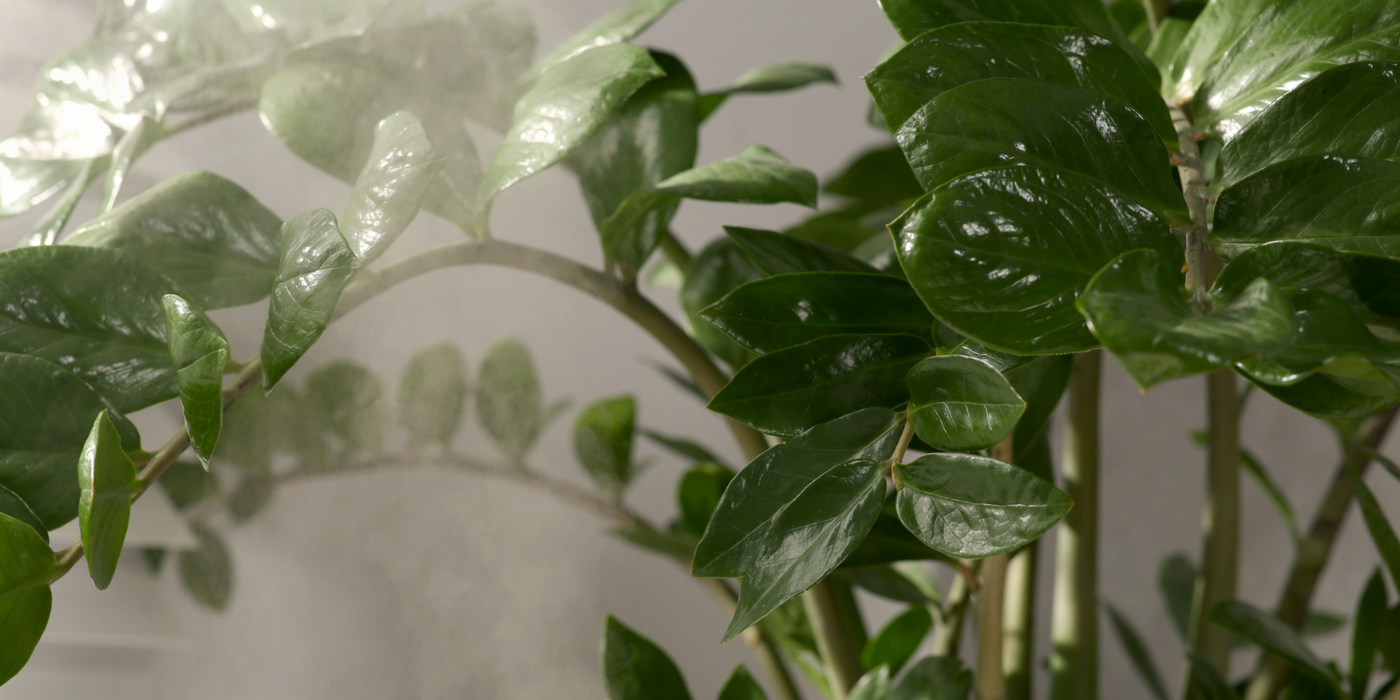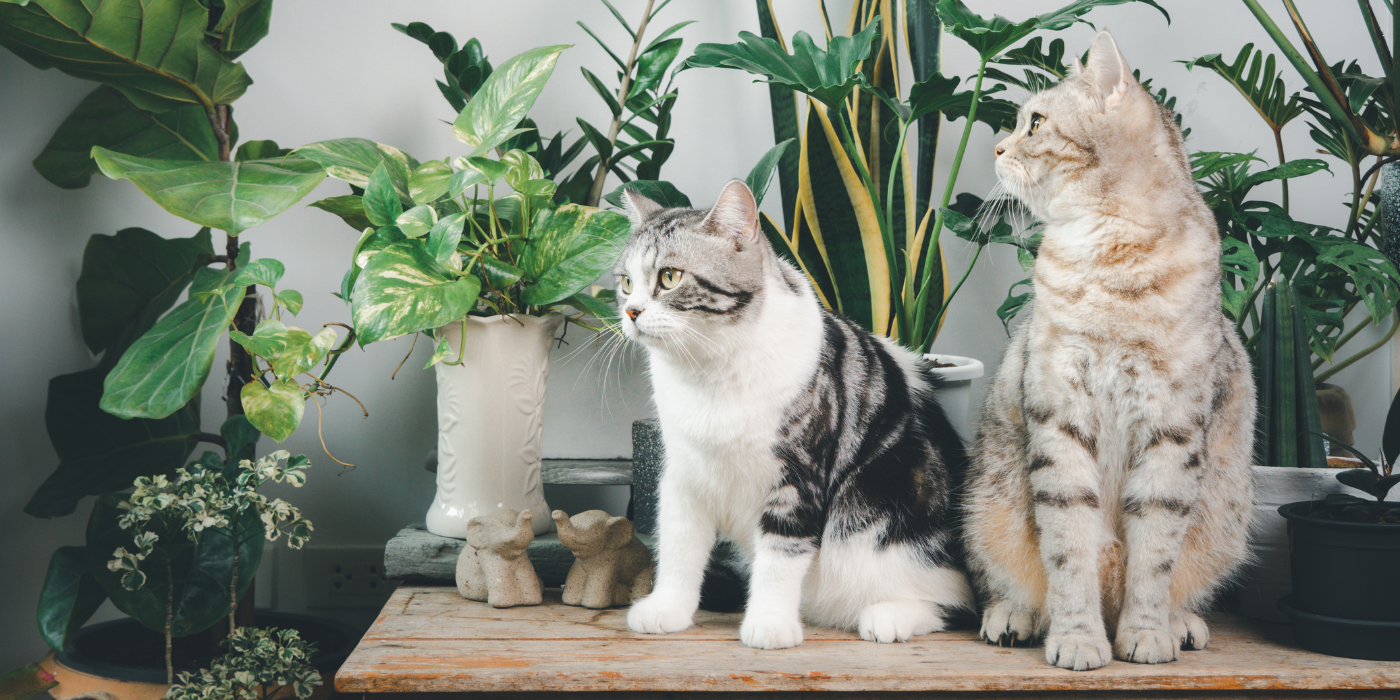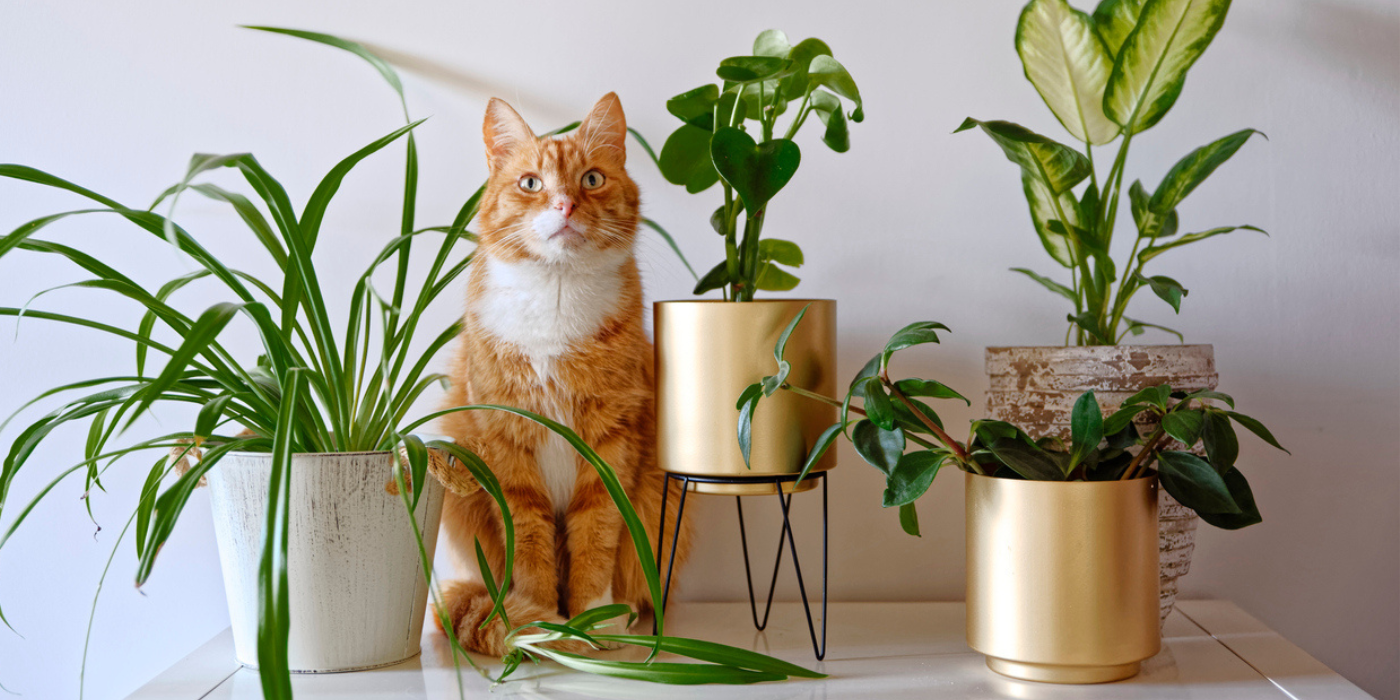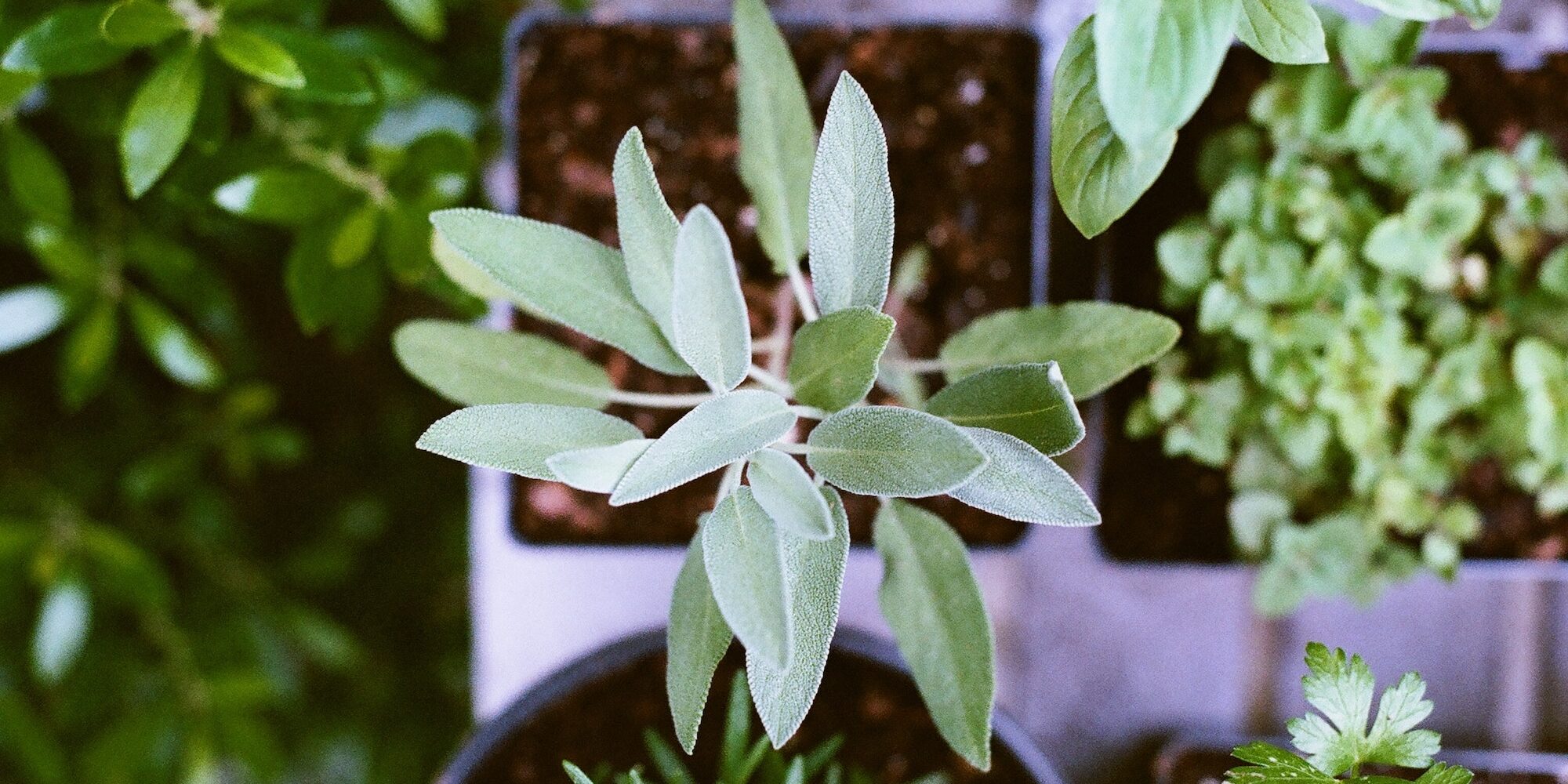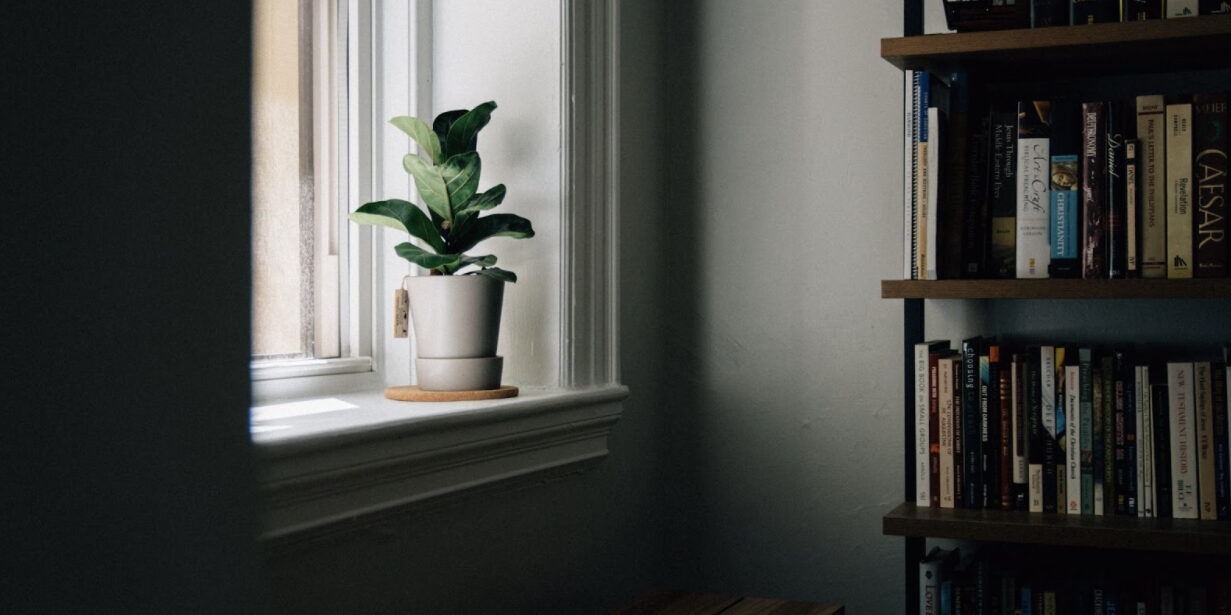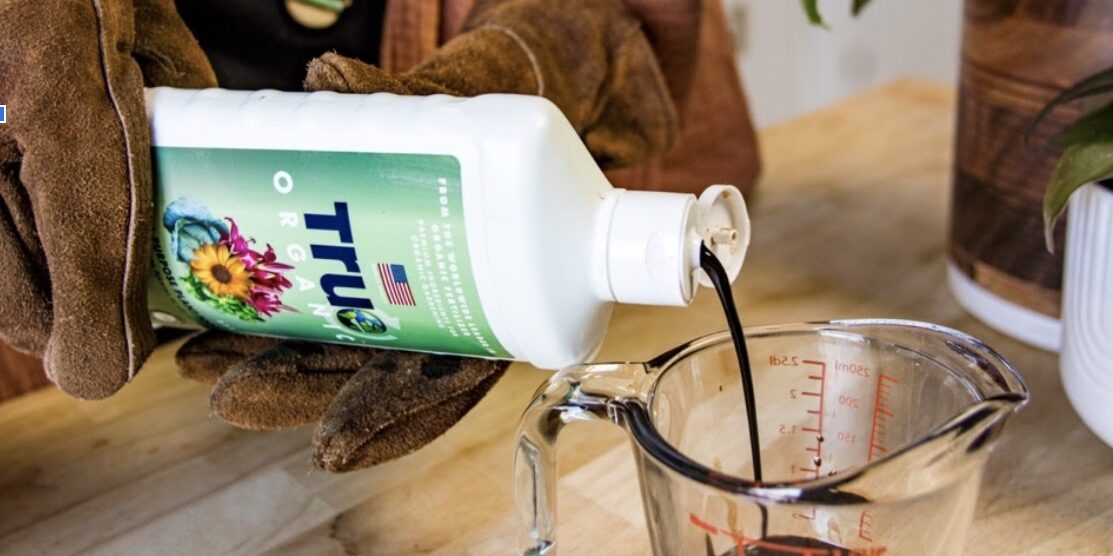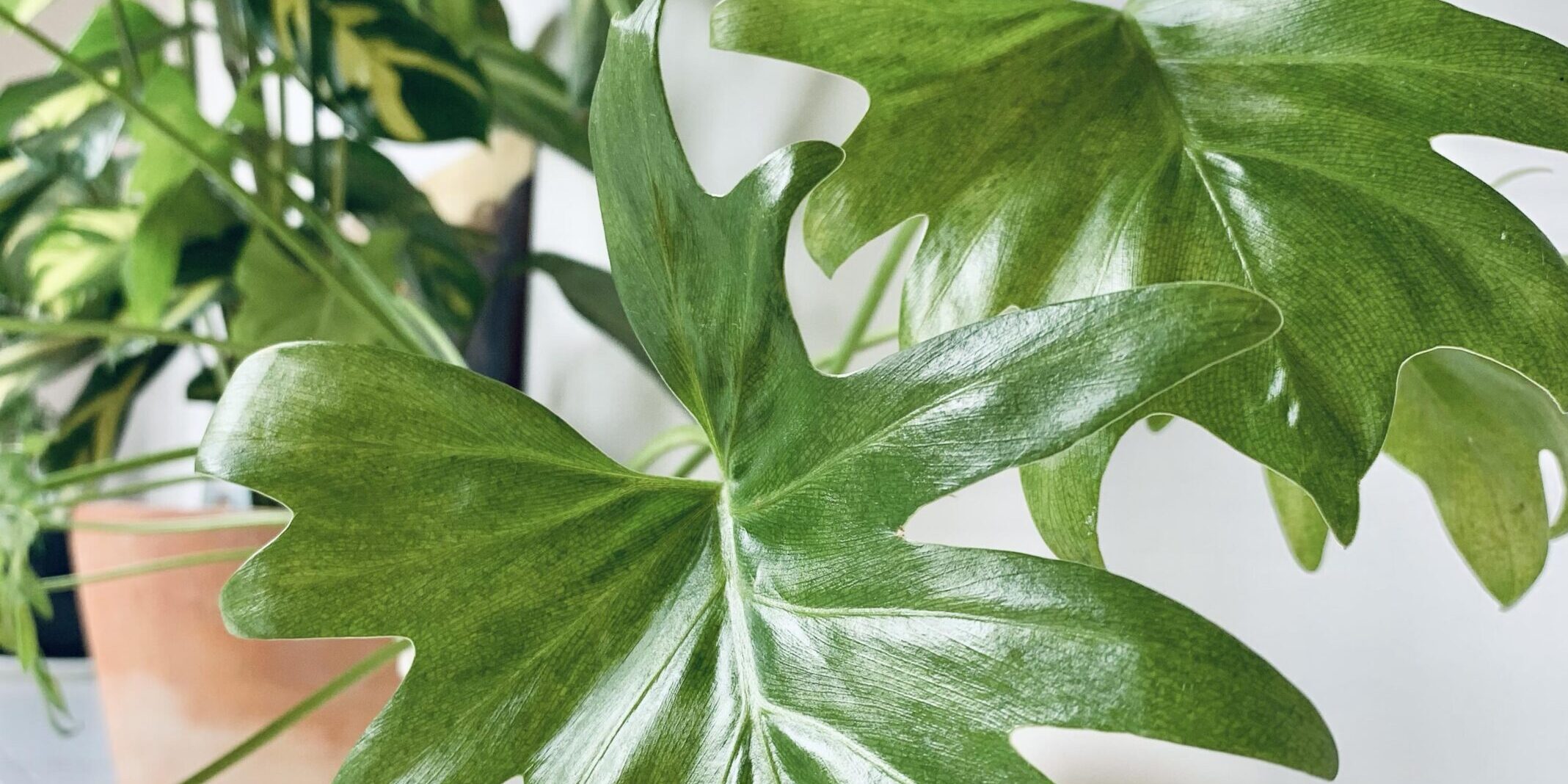7 Common Houseplant Ailments & How to Fix Them
December 11, 2023 Indoor Plants 7 Common Houseplant Ailments & How to Fix Them Winter weather and long nights mean changes for humans, animals, and plants. Including our houseplants! If you…
Houseplants and Pets Living in Harmony
November 9, 2023 Indoor Plants Houseplants and Pets Living in Harmony It’s a conundrum many an interior designer, veterinarian, and pet owner has faced: Can houseplants and pets coexist without…
7 Health Benefits of Indoor Plants
June 15, 2023 Indoor Plants Health Benefits of Indoor Plants We all rely on plants to stay healthy — from the essential oxygen they produce to the nutrient-dense food they provide for humans and…
Growing Herbs Indoors The Right Way
March 30, 2022 Indoor Plants Growing Herbs Indoors The Right Way The best way to infuse your cooking with the flavor of fresh-picked herbs all year round? Grow your own! If you’re already caring…
Winterizing Your Houseplants
November 15, 2021 Indoor Plants Winterizing Your Houseplants While In the Northern Hemisphere, days are short and the light is low. Winter is just around the corner. Just like you, your houseplants…
Caring for Rare Plants with Expert Elana
September 20, 2021 Indoor Plants Check out our three-part reel series on instagram where Elana discusses tips and tricks for rare plant enthusiasts: Elana welcomes us through Sage Float Spa’s…
Springtime Tips For Indoor Plant Parents
May 11, 2021 Indoor Plants Curious about how to best care for your indoor plants this Spring? This is the time of year that you’ll want to give them more water, care, and nutrients to reach…

